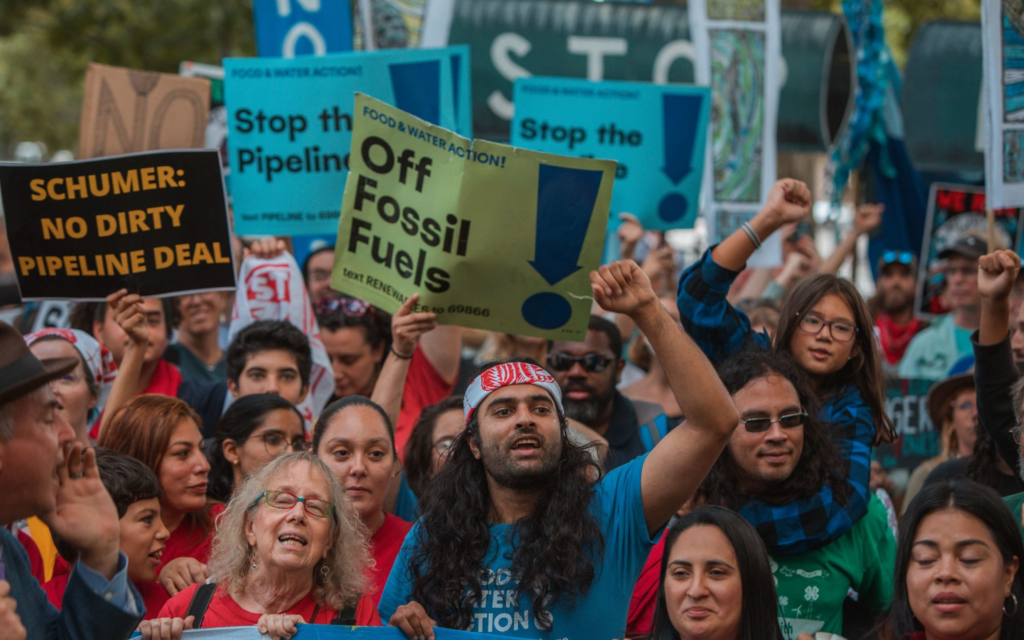Toxic Tuesdays
CHEJ highlights several toxic chemicals and the communities fighting to keep their citizens safe from harm.
Flooding
Massive flooding in the state of Kentucky in late July 2022 claimed the lives of 38 people – yet another example of extreme weather events driven by the indiscriminate burning of fossil fuels. We touched upon this broad issue in a previous Toxic Tuesday about the wildfires that scorched the state of California not long ago. This edition will analyze the problem of massive flooding from the perspective of toxics.

The flooding in Kentucky on its own has had devastating consequences in the region – personal property was lost or damaged, access to clean water was scarce, and poor sanitary conditions lead to a rise in diseases in the affected population. However, another major problem to the region’s health was not talked about much or even quantified; the problem of potential leaks, spills, or accidental releases of chemicals from facilities that handle or house these chemicals.
CHEJ tried to quantify this problem in the eastern part of Kentucky. This effort, lead by our intern Hunter Marion, utilized EPA’s EJ Screen database to look at the 17 counties in eastern Kentucky that were hit the hardest. Within these counties, we wanted to determine if there was an unusually large number of chemical facilities that could be susceptible to flooding, and how close they were to the population centers. We defined these facilities as:
- Facilities that are required by law to have Risk Management Plans (RMPs) to guard against chemical leaks or spills due to extreme weather events
- Hazardous waste facilities (including hazardous waste treatment, storage and disposal facilities)
- Underground storage tank facilities
- Wastewater discharge facilities
Our analysis could not yield a definite number of chemical facilities or their exact distance from the populated areas. However, we were able to use the EJ screen to place each of the 17 affected counties into a percentile of the overall US population with regards to proximity to chemical facilities. This will become clearer with an example.

In the chart above, the population of Bell County (far right) is in the 84th percentile in terms of proximity to an RMP facility. This means that, on average, a person living in Bell County is closer to an RMP facility than 84% of the US population. To put it in another way, only 16% of the US population live closer to an RMP facility than a resident of Bell County, on average.
Similar conclusions can be drawn from the following charts:


 We can see across the board that a few counties continuously rank high among proximity to chemical facilities as we have defined them. Bell County is the largest offender with its average resident being closer to hazardous waste facilities than 79% of the rest of the US, closer to underground storage tanks than 64% of the rest of the US, and closer to wastewater discharging facilities than 98% of the US. Clay, Knott, and Harlan counties follow closely.
We can see across the board that a few counties continuously rank high among proximity to chemical facilities as we have defined them. Bell County is the largest offender with its average resident being closer to hazardous waste facilities than 79% of the rest of the US, closer to underground storage tanks than 64% of the rest of the US, and closer to wastewater discharging facilities than 98% of the US. Clay, Knott, and Harlan counties follow closely.
These relatively high numbers mean that residents in eastern Kentucky where flooding was at its most damaging are comparatively closer to facilities that can spill, leak, or accidentally release dangerous chemicals than the average person in the US. This should alert authorities to do something, given that the area is prone to flooding.
Learn about more toxics
Nitrogen Oxide
Nitrogen oxides are a group of gaseous chemicals. The two most relevant nitrogen oxides are
Benzidine
Pyrethrins are a class of naturally occurring compounds derived from chrysanthemum flowers. They have been



